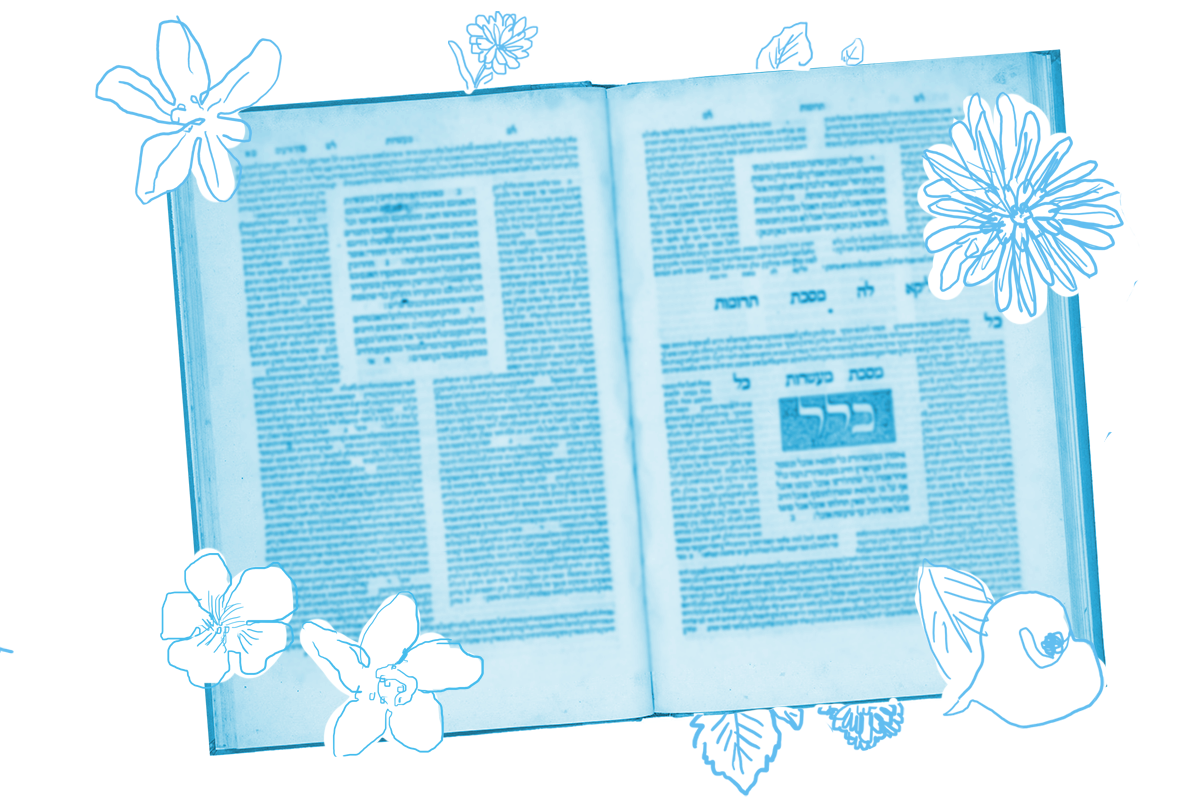One tricky thing about the laws of Shabbat is that the translations of technical terms are imperfect. For example, the term melacha (מלאכה), which we usually translate as “work” is not really synonymous with a colloquial understanding of “work,” and perhaps could better be translated “forbidden labors.”
In previous pages, we’ve discussed private and public domains. In plain English, we think we know what these terms mean, but they mean something a little different in the Gemara. For instance, a public domain is understood by the rabbis not as simply a space that anyone is allowed to access, but specifically a space that is both available and frequently used by the public. So while a road or a market square is a public domain, a sea, a deep river, a swamp and a steep valley, if infrequently used, are not considered public domains, but karmelits — a category legally similar to, but not identical with, a public domain.
That’s not all. You might intuitively suppose that a public domain is defined three-dimensionally, as an area marked out on the ground and the airspace above it. But for the rabbis this is not necessarily so. That is, the domain is demarcated on the ground, but does not necessarily extend upward. Consider this from today’s daf:
Ulla said: A pillar that is nine handbreadths high, standing in the public domain, and many people adjust the burden on their shoulders upon it, and one threw an object from the private domain and it rested atop the pillar, he is liable (i.e., he has committed a Shabbat violation). What is the reason for this? It is based on this principle: Anything protruding from the public domain: If it is less than three handbreadths off the ground, and the multitudes step on it, it is considered to be part of the ground. If it is from three to nine handbreadths, they, the multitudes, neither step on it nor adjust the burden on their shoulders on it, and it is not considered part of the public domain. However, a protrusion nine handbreadths high, certainly the multitudes adjust the burden on their shoulders on it. Since the multitudes utilize it, it is considered a public domain, despite its height.
With your help, My Jewish Learning can provide endless opportunities for learning, connection and discovery.
Ulla describes a situation in which someone in a private domain throws an object into a public space. This is a violation of hotza’a — but it is only obviously a violation if the object falls on the ground. What if the object lands on a pillar that is nine handbreadths high? (A handbreadth is pretty much what it sounds like, the width of an adult hand.) Is the top of the pillar still considered part of the public domain?
Ulla argues that because the pillar is at just the right height for people to set their bags down and rearrange their loads, it is likely to be physically used by the public. Since it receives heavy use, it is part of the public domain, and the person who tossed an object onto it from the private domain is in violation.
Extending this principle, the Ulla explains that any surface in the public domain that is within three handbreadths of the ground — and therefore likely to be trod upon — is also part of the public domain. And any surface that is nine handbreadths above the ground — and therefore likely to be used for unburdening a load — is also part of the public domain. But surfaces found within the public domain that are between these two heights, and not likely to be stepped on or used for load rearrangement, are not part of the public domain.
Read all of Shabbat 8 on Sefaria.
This piece originally appeared in a My Jewish Learning Daf Yomi email newsletter sent on March 14, 2020. If you are interested in receiving the newsletter, sign up here.



